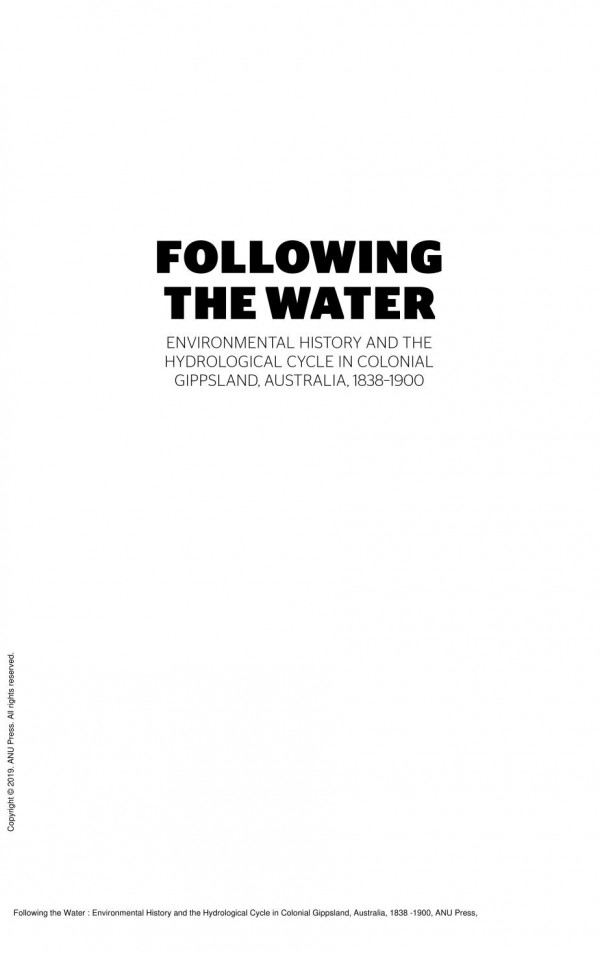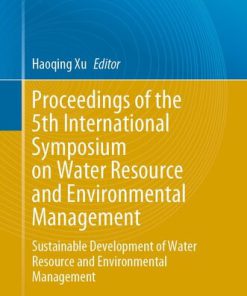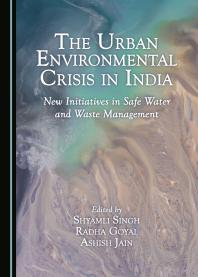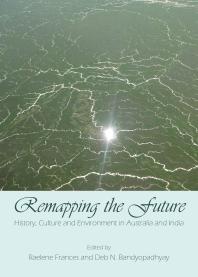Following the Water Environmental History and the Hydrological Cycle in Colonial Gippsland Australia 1838 1900 1st Edition by Kylie Carman Brown 9781760462857
$50.00 Original price was: $50.00.$25.00Current price is: $25.00.
Following the Water Environmental History and the Hydrological Cycle in Colonial Gippsland Australia 1838 1900 1st Edition by Kylie Carman Brown – Ebook PDF Instant Download/Delivery: 9781760462857
Full download Following the Water Environmental History and the Hydrological Cycle in Colonial Gippsland Australia 1838 1900 1st Edition after payment

Product details:
• ISBN 13:9781760462857
• Author:Kylie Carman Brown
Water reflects culture. This book is a detailed analysis of hydrological change in Australia’s largest inland waterway in Australia, the Gippsland Lakes in Victoria, in the first 70 years of white settlement. Following air, water is our primal need. Unlike many histories, this book looks at the entire hydrological cycle in one place, rather than focusing on one bit. Deftly weaving threads from history, hydrology and psychology into one, Following the Water explores not just what settlers did to the waterscape, but probes their motivation for doing so. By combining unlikely elements together such as swamp drainage, water proofing techniques and temperance lobbying, the book reveals a web of perceptions about how water ‘should be’. With this laid clear, we can ask how different we are from our colonial forebears.
Following the Water Environmental History and the Hydrological Cycle in Colonial Gippsland Australia 1838 1900 1st Table of contents:
CHAPTER 1 Introduction
In the early 1990s, the Gippsland Lakes were in the worst ecological condition they had ever experienced, with massive algal blooms and ongoing fish deaths. At the same time, the $200 million Biosphere II project, in the Santa Catalina mountains near Tucson, folded in ignominy. It was the best known and largest experiment in artificial life support ever undertaken in human history.² In 1991 eight men and women entered a sealed dome, which included an ocean, savannah, rainforest, marsh and desert, and livestock such as pygmy goats. They intended to try and live independently of the surrounding biosphere for two…
CHAPTER 2 Making the circle round: Perceptions of hydrology through time
The hydrological cycle is like a Buddhist devotee, reborn in different guises over millennia. This chapter examines the five different guises that the hydrological cycle has worn for European intellectuals, beginning with the ancient Greeks and ending in the twenty-first century. It tells of the different ways humans have tried to understand what water is, where it comes from and where it goes to when it passes beyond our senses.
That the idea of the hydrological cycle has a history is profoundly important. It means we cannot understand the actions of past persons, communities or societies unless we have an…
CHAPTER 3 The earth’s thoughtful lords? Nineteenth-century views of water and nature
No child is born into this world a blank slate.⁴ Even if she were, her culture would immediately set to filling the void. No matter on what continent or in what time a child is born, she enters a mutually reinforcing web of custom, belief, knowledge and behaviour – her gestalt. Over time, this shapes the child’s version of reality.⁵
She will learn how to dress and to speak, and how to relate to others different to her in age, gender and social grouping. She will learn about the properties and characteristics of the physical world she dwells in, and…
CHAPTER 4 ‘Notwithstanding the inclemency of the weather’: The role of precipitation in the catchment
Colonial Gippslanders preferred moderate, permanent flow. For this to occur, steady and reliable rainfall is needed. If there is anything in Australia that is reliably unreliable, it is rainfall. The epigraph from the Gippsland Times in 1870 tells a story of seasonal bewilderment, of people whose expectations about rainfall are thrown firmly out of kilter.³
Chapters 2 and 3 demonstrated how migrants from Europe were encouraged by their culture in multiple ways to expect regular rainfall, lush greenness and permanent surface water as the norm. The mountainous parts of Gippsland come as close as possible to this as the Australian..
CHAPTER 5 ‘Fair streams were palsied in their onward course’: The desirability of flowing waters
Surface waters are the most visible part of the hydrological cycle. As such, they have dominated human responses to the cycle in most aspects: physical, economic, social, emotional and spiritual. This chapter explores the interaction of flowing waters with these aspects of life in colonial Gippsland.
It is on the Earth’s surface that humans have the most capacity to reshape hydrological systems. However, hydrological intervention is a choice. To first think it desirable and then act upon it requires a particular type of world view. Unlike Australia’s Indigenous custodians, the colonial settlers were not content to let the continent’s variable…
CHAPTER 6 ‘A useless weight of water’: Responding to stagnancy, mud and morasses
The nature of the hydrological cycle is one of constant, varied movement. Sometimes that movement is barely perceptible, and with groundwater, it is invisible. This chapter turns the focus to places in the landscape where the movement of water is slowing down, where the force of the current is dissipating.
According to Giblett, ‘the distinction … between flowing and stagnant waters is one of the fundamental organising principles of the dominant western cultural construction of nature’.⁴ The previous chapter argued that colonial Gippslanders had a preference for moderate amounts of permanent, flowing, channelised water. This chapter continues the exploration of…
CHAPTER 7 Between ‘the water famine and the fire demon’: Drying up the catchment
Colonial Gippslanders preferred their hydrological conditions on the wet and permanent side, echoing the conditions in their European birthplaces. They were most happy when rain was regular and well spaced, and when it flowed in defined river channels. This chapter tells the opposite story; what happened when conditions were dry, irregular and undependable.
CHAPTER 8 Mirror, mirror? The reflective catchment
Water is the earth’s natural mirror. Peering into the waters of the Gippsland Lakes Catchment (GLC), we see a story on many levels. At one level, it is a variation on humanity’s love affair with and dependency on water. At another, it is about what people see and how they see it. More fundamentally, it is about learning from the ways in which that love affair and those perceptions shaped practices in the past, and analyses the impacts of those on the present.
People also search for Following the Water Environmental History and the Hydrological Cycle in Colonial Gippsland Australia 1838 1900 1st:
following the water
which of the following is a water soluble vitamin
which of the following substances is insoluble in water
which of the following is not a property of water
which of the following is insoluble in water
You may also like…
Science (General) - International Conferences and Symposiums
Earth Sciences - The Environment
History - Asian History
History - Australian & Oceanian History
All Things Harmless Useful and Ornamental 1st Edition by Pete Minard ISBN 9781469651613 1469651610
Jurisprudence & Law - Environmental Law
Uncategorized
Uncategorized
Great Expectations Emigrant Governesses in Colonial Australia 1st Edition Patricia Clarke
Medicine - Medicine & Nursing Reference
Nutrition Through the Life Cycle 7th Edition Judith E. Brown
Uncategorized











